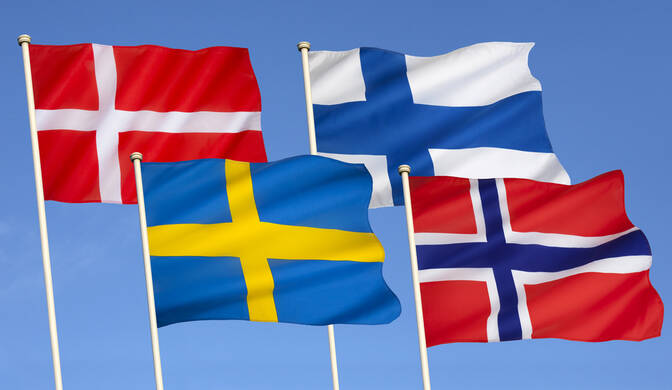Severský den
23. dubna, neděle

Pozadí a význam
Helsinská dohoda, také známá jako smlouva o nordické spolupráci, byla podepsána 23. března 1962 a vstoupila v platnost následující rok. Dohoda formalizovala spolupráci mezi nordickými zeměmi v oblastech jako kultura, vzdělávání, životní prostředí, pracovní trh a legislativa. Den severu byl zaveden, aby označil tento důležitý milník a posílil povědomí o společné nordické identitě.
Oslavy a připomínání
Den severu se slaví různými způsoby v nordických zemích, často s akcemi, jako jsou:
* Školní aktivity a výuka o nordické historii a kultuře
* Veřejné přednášky a semináře o nordické spolupráci
* Kulturní akce jako koncerty, filmové projekce a výstavy
* Vztyčování nordické vlajky, která symbolizuje jednotu mezi zeměmi
V mnoha školách se tento den využívá jako příležitost naučit se více o jazycích, tradicích a společenských podmínkách sousedních zemí. Také je běžné, že nordické instituce a organizace využívají tuto příležitost k zdůraznění probíhajících projektů spolupráce.
Symbolika a společenství
Den severu není jen o politice a dohodách, ale také o oslavě kulturních a historických vazeb, které spojují nordické národy. Nordické společenství je založeno na společných hodnotách, jako je demokracie, rovnost, udržitelnost a respekt k lidským právům. Den slouží jako připomínka významu spolupráce v stále více globalizovaném světě.
Den severu je tedy příležitostí jak ohlédnout se zpět na to, čeho bylo dosaženo prostřednictvím nordické spolupráce, tak hledět vpřed na nové možnosti pro další posílení společenství.
